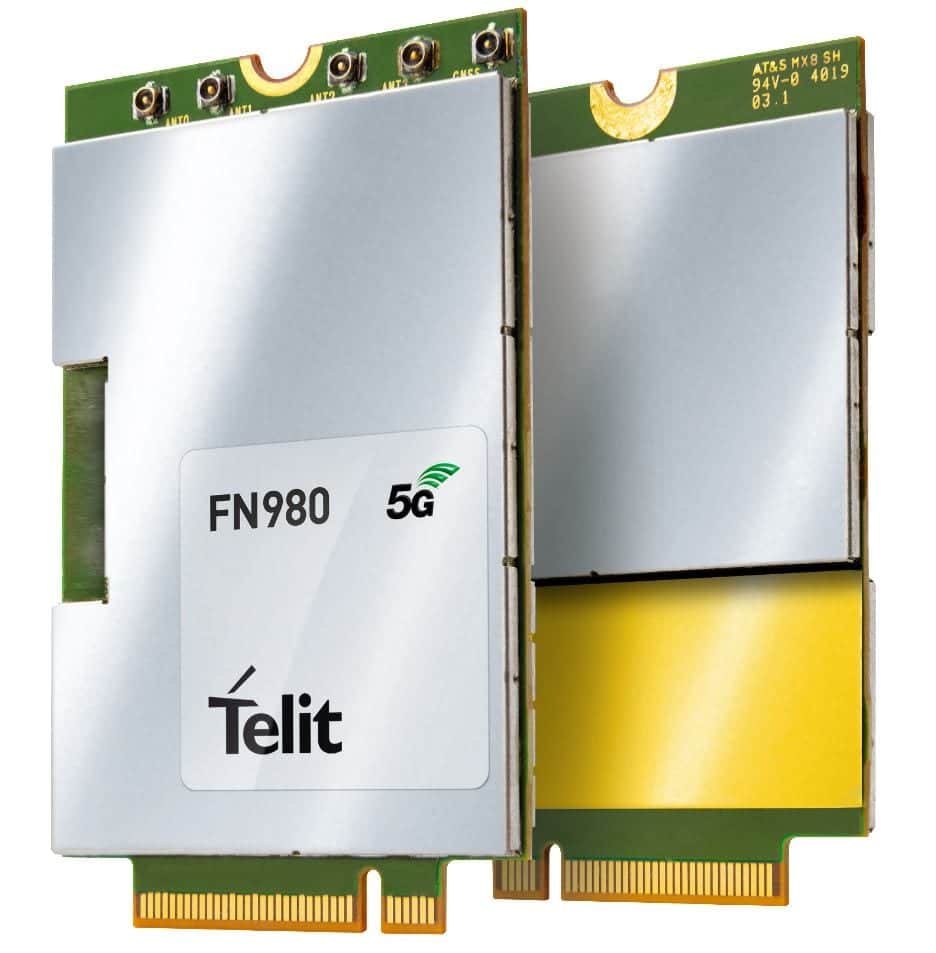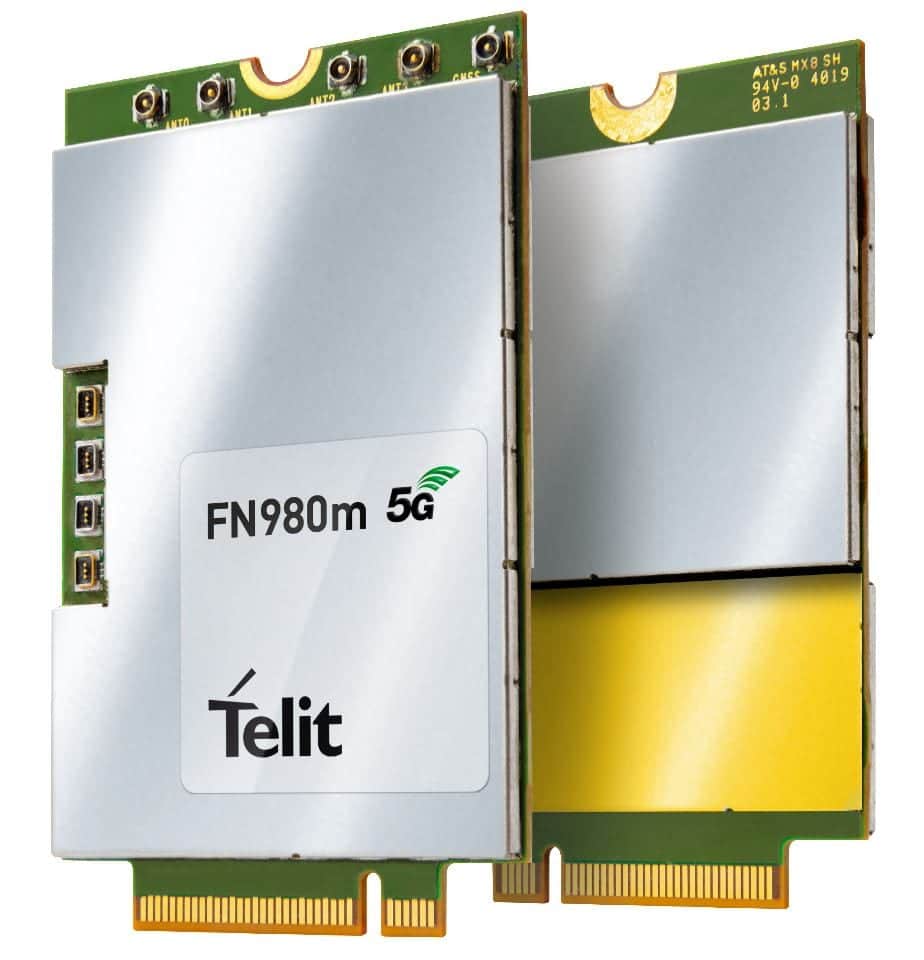5G Carrier Aggregation: What You Need to Know
By Safi Khan
September 23, 2021
5G cellular technology promises to change the future of wireless mobile communications. As more OEMs develop devices for 5G, carrier aggregation (CA) becomes an important tool that can significantly impact mobile performance for the end user. Network capacity is vital to the end-user experience. CA allows mobile carriers to improve capacity, enabling them to deliver increased speeds and enhance user experience.
Read on to learn more about what CA is and how it impacts 5G deployment.
CA is a provision in 4G and 5G cellular standards mobile carriers use to provide faster speeds to subscribers and/or increased network capacity. While several factors impact data speeds, CA is vital for improving speed for end users and will continue to be in the future.
CA operates by combining two or more sections of their licensed spectrum (known as carriers) into one data channel to get a higher speed for cellular connectivity. A carrier is a lot like a lane on a highway. There is a limited amount of traffic a one-lane highway can carry. Adding a carrier is like adding a lane — more lanes can accommodate more traffic and enable it to flow faster.
When a cellular network is trying to increase speed for end users, it starts using more carriers for more bandwidth. As they add carriers, they add throughput, which means the modems must have enhanced capabilities. The higher the CA capability, the higher the complexity and cost of the hardware.
When it comes to 5G, there is a broader carrier spectrum available. That means each lane of the highway is wider, so more traffic can move on one lane. Aggregating those wider carriers provides faster speeds.
CA is not specific to 5G — it is also used for 4G LTE. Until 5G becomes the default technology for the majority, we will continue to see CA’s significant impacts on 4G LTE performance.

With 5G, there are two deployment options: non-stand-alone (NSA) and stand-alone (SA) architecture. The New Radio (NR) is connected to the 5G core network (CN) with SA architecture. As 5G infrastructure remains in early deployment stages and is not yet used by the majority, most current 5G deployments (e.g., in North America) utilize NSA architecture.
With NSA architecture, 5G is deployed on top of the existing LTE network without requiring a new core network to support 5G alone. NSA is common in most areas of the world because carriers want to leverage their previous investment in 4G.
Dual connectivity (DC) comes into play here. DC is similar to CA as it connects carriers or spectrum sections, but DC combines LTE and 5G. An anchor LTE carrier is used for all control signaling and some data signaling, while 5G carriers are added exclusively for data. In this scenario, 5G adds extra lanes to the spectrum highway.
OEMs developing for 5G first need to know which operator they will target their equipment for and then look at the operator’s spectrum holdings for 4G and 5G. Every carrier has a list of LTE and 5G band combinations they allow. This list includes both CA and DC combinations. The OEM will need to use a modem that meets the requirements to support both of those specific combinations.
When evaluating modems, it is about ensuring enough paths (radio chains) from the radio front-end into the modem. The more available paths there are, the more combinations the modem can support. Another crucial aspect to consider is the specific ability of the modem to combine low, mid and high bands with low, mid and high bands. This ability depends on the design choices made by the module manufacturer.
CA impacts the end user significantly.
Let us use the example of a wireless cellular router in an office space. This device has a solid connection to 4G and 5G while serving as a wireless access point for all the devices in the office. Broadband connections used to come from cable companies, and fiber used to come from an ISP. Now major carriers are providing wireless internet service through this device.
The device’s job is to provide the highest speed available to support multiple users in the office as they stream webinars, video chats, etc. There is a lot of bandwidth demand in an office.
If the modem inside the device does not have the right CA and DC combinations supported, it cannot leverage this aggregated speed increase. It is stuck offering a much lower speed, negatively impacting the end-user experience.
When developing for 5G, you must consider the end-to-end system perspective. The operator needs the right amount of spectrum deployed. Still, the modem must support the operator’s combinations to be able to combine those bands. When everything works together, you can support more users and offer a seamless experience.
Organizations need to make sure they choose a module with the CA and DC capabilities they need when developing for 5G. Some vendors design their modules for the lowest cost instead of top performance. Telit’s practical, proven 5G adapter modules and data cards support SA and NSA operation modes. Our modules support all major 5G networks and their spectrum bands and DC and CA combinations. We have the 5G IoT leadership, experience and the tools you need to make the most of 5G.

